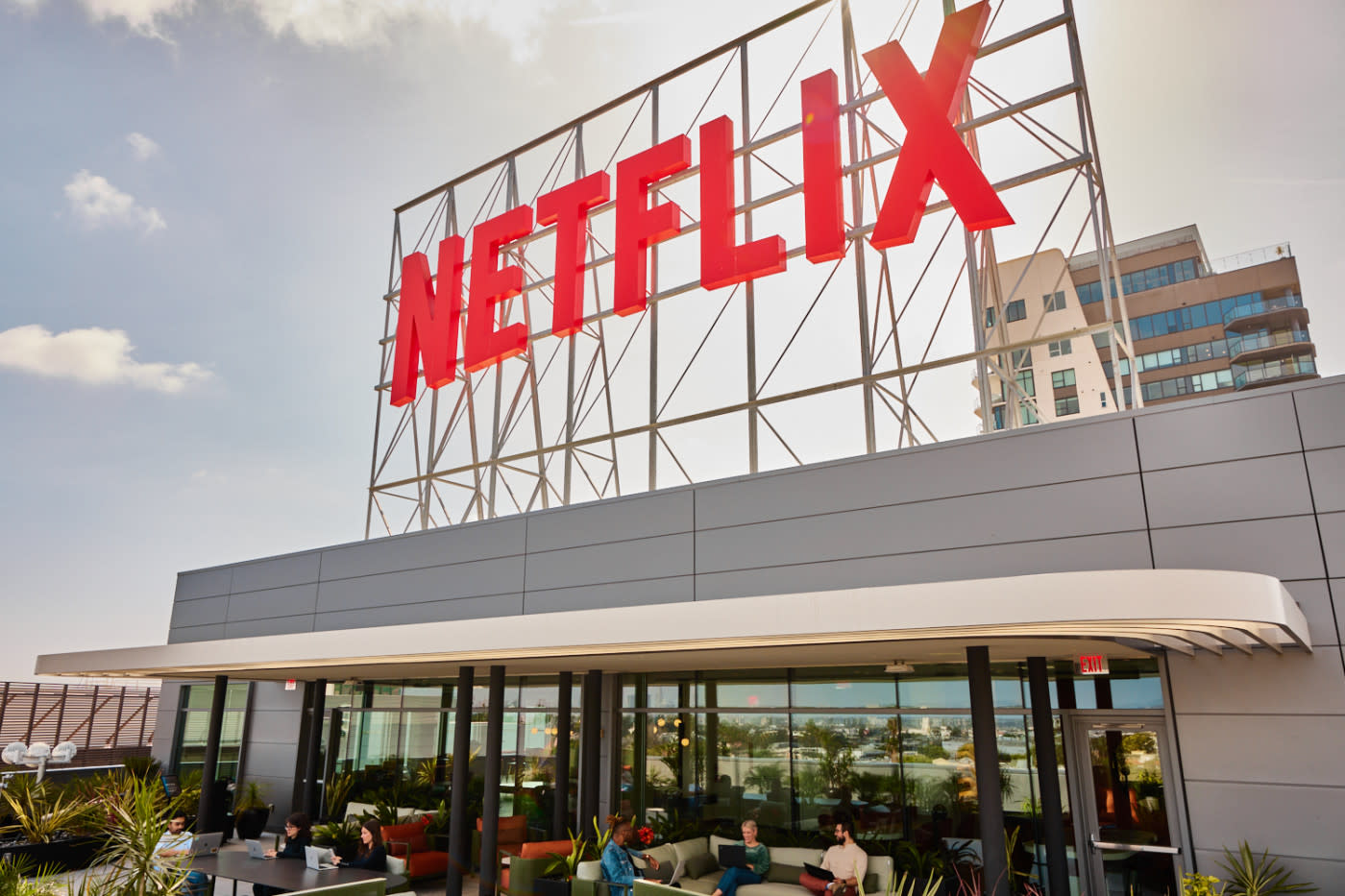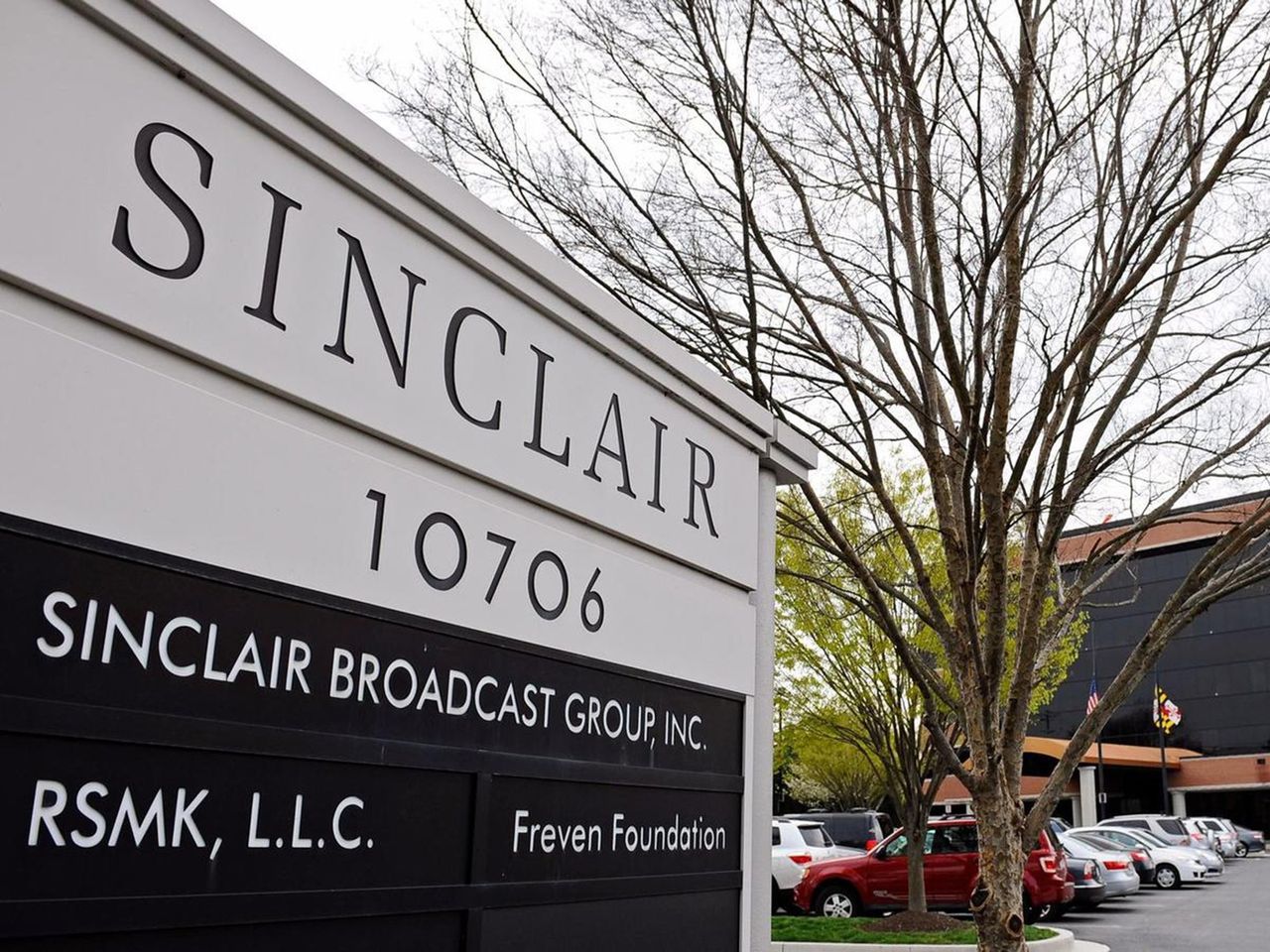Netflix Lays Out Guidance for Using Generative AI in Content Production
Its guiding principles describe the kinds of approvals that may be needed from streamer in various AI use cases

As the use of generative AI becomes more common in media operations and production, Netflix has laid out detailed guidelines for their use and provided guidance on the kinds of approvals that may be needed for their use in its content.
The guidelines are notable not only because of their potential impact on the way producers and others who work with Netflix operate and produce content. Netflix also noted that these guidelines apply to "partner vendors" indicating that the principles might also apply to subcontractors in post production and to AI-based technologies provided by outside vendors.
“Generative AI tools (GenAI) that allow users to rapidly generate new and creatively unique media (video, sound, text, and image) are increasingly being used across creative workflows in Content Production,” Netflix noted. “At Netflix, we see these tools as valuable creative aids when used transparently and responsibly. This guidance helps filmmakers, production partners, and vendors understand when and how to use GenAI tools in production. It also offers a practical tool for assessing and enabling confident GenAI use when producing content for Netflix.”
The post also stressed that while generative AI has many positive benefits, “we expect all production partners to share any intended use of GenAI with their Netflix contact, especially as new tools continue to emerge with different capabilities and risks. Most low-risk use cases that follow the guiding principles below are unlikely to require legal review. However, if the output includes final deliverables, talent likeness, personal data, or third-party IP, written approval will be required before you proceed.”
More specifically, Netflix asked partners to consider the following guiding principles before leveraging GenAI in any creative workflow:
- "The outputs do not replicate or substantially recreate identifiable characteristics of unowned or copyrighted material, or infringe any copyright-protected works
- "The generative tools used do not store, reuse, or train on production data inputs or outputs.
- "Where possible, generative tools are used in an enterprise-secured environment to safeguard inputs.
- "Generated material is temporary and not part of the final deliverables.
- "GenAI is not used to replace or generate new talent performances or union-covered work without consent."
Netflix noted that "if you can confidently say `yes' to all the above, socializing the intended use with your Netflix contact may be sufficient. If you answer `no' or `unsure' to any of these principles, escalate to your Netflix contact for more guidance before proceeding, as written approval may be required. "
The streamer also stressed that "if your partner vendor is using a custom GenAI workflow—meaning a pipeline built from multiple tools or models—the same principles apply."
The professional video industry's #1 source for news, trends and product and tech information. Sign up below.
Netflix also provided a few examples of situations that, in addition to reporting intended use, always require escalation and written approval before proceeding.
Netflix described how one of those situations, data use, should be handled as follows:
- "Protecting personal data and creative rights is essential when working with GenAI. These tools often require input data to generate outputs, and how that data is handled matters. Before using any GenAI tool, especially third-party or off-the-shelf options, consider whether you are using material that requires special handling, clearance, or consent.
- "Use of Proprietary or Personal Information: Do not input Netflix-owned materials (e.g., unreleased assets, scripts, production images) or personal data (e.g., cast or crew details) into tools unless explicitly approved.
- "Third-Party or Unowned Talent Assets: Do not train or fine-tune models using material from artists, performers, or other rights holders unless you have the proper legal clearance. Example: Training an image model in the style of another artist using a library of their past work, where Netflix or the talent has not cleared rights..
A second sitution is creative output. Netflix described how that should be handled as follows:
- AI-generated content must be used with care, especially when it forms a visible or story-critical part of the production. Whether you're designing a world, a character, or artwork that appears in a scene, the same creative and legal standards apply as with traditionally produced assets.
- Generation of Key Creative Elements: GenAI should not be used to generate main characters, key visual elements, or fictional settings that are central to the story without written approval.
- Examples: GenAI is used to generate a second killer doll to play the red light/green light game with Young-hee in Squid Game.
- Copyrighted or Estate-Controlled: Avoid using inputs (e.g., prompts, images) that reference copyrighted materials or likenesses of public figures or deceased individuals without appropriate permissions.
- Example: “Create an image inspired by McCurry’s Afghan Girl” or referencing distinctive features of a known performer (e.g., “Create a character with Meryl Streep’s nose”).
Another important use case is involves talent and performance. Netflix described those issues as follows:
- "Respect for performers and their work is foundational to the responsible use of GenAI. Whether enhancing a recorded performance or generating a digital likeness, the threshold for consent and care is exceptionally high when the intent or character of a performance may be altered.
- "Synthetic or Digital Replicas - Do not create digital performers, voices, or likenesses of real talent without explicit and documented consent and complying with guild requirements (where applicable).
- "Significant Digital Alterations to Performances - Be cautious when making changes that affect a performance's emotional tone, delivery, or intent, as even subtle edits may have legal or reputational implications.
- "Examples include visual ADR (altering lip-sync or facial performance to match new, unscripted dialogue).
A fourth important issue is ethnics and representation. Netflix described its policies on that issue as follows:
- "Audiences should be able to trust what they see and hear on screen. GenAI (if used without care) can blur the line between fiction and reality or unintentionally mislead viewers. That’s why we ask you to consider both the intent and the impact of your AI-generated content.
- "Misleading or Misrepresentative Content: Avoid creating content that could be mistaken for real events, people, or statements if they never actually occurred (e.g., fabricated footage, dialogue, or scenes presented as authentic). Example: using GenAI to create a fake news segment featuring a real journalist delivering a fabricated statement, even if intended as background.
- "Impact on Union Roles: Ensure that your use of GenAI does not replace or materially impact work typically done by union-represented individuals, including actors, writers, or crew members, without proper approvals or agreements.
The full article with additional guidance can be found here.
George Winslow is the senior content producer for TV Tech. He has written about the television, media and technology industries for nearly 30 years for such publications as Broadcasting & Cable, Multichannel News and TV Tech. Over the years, he has edited a number of magazines, including Multichannel News International and World Screen, and moderated panels at such major industry events as NAB and MIP TV. He has published two books and dozens of encyclopedia articles on such subjects as the media, New York City history and economics.

